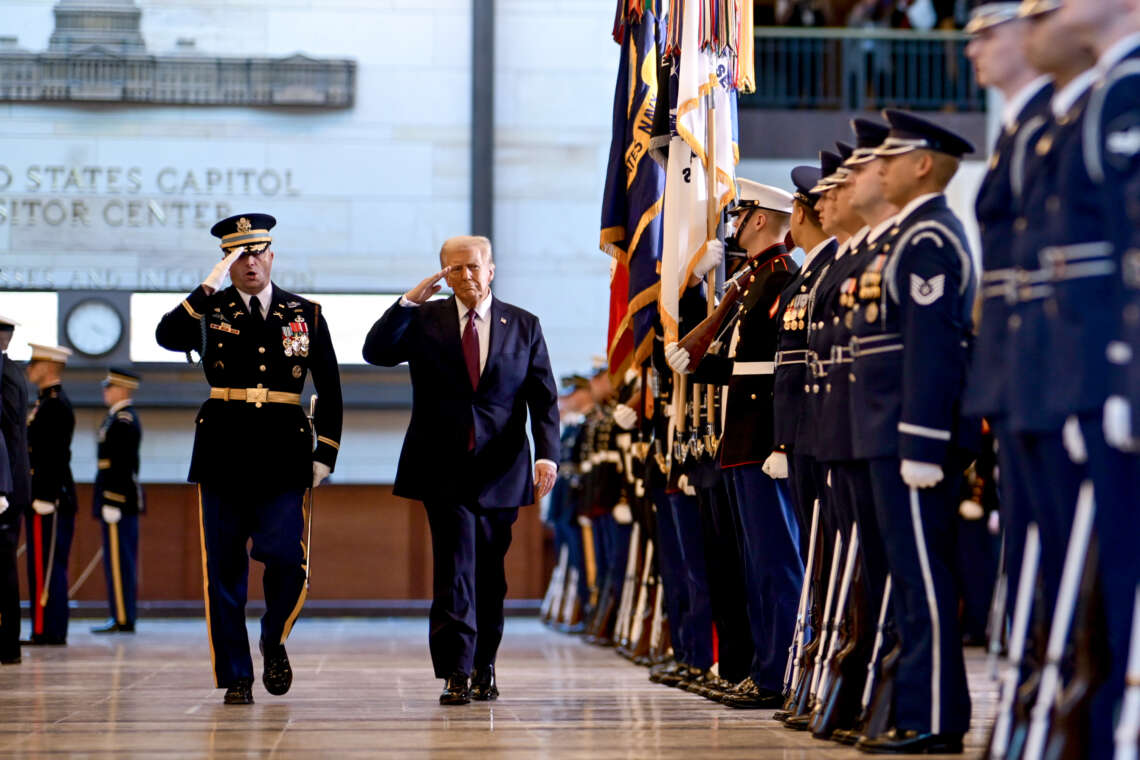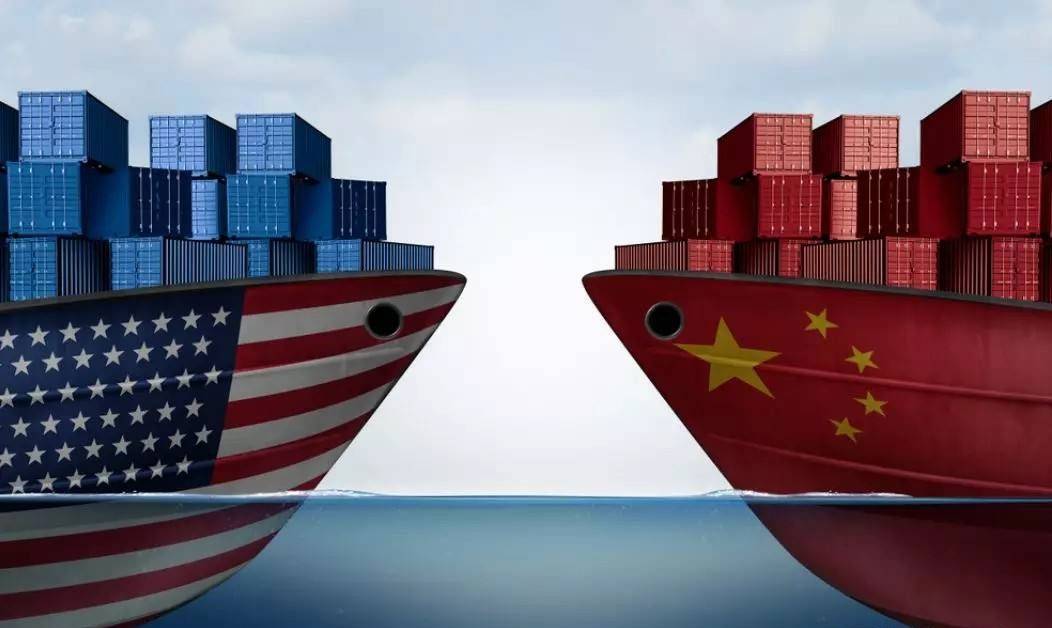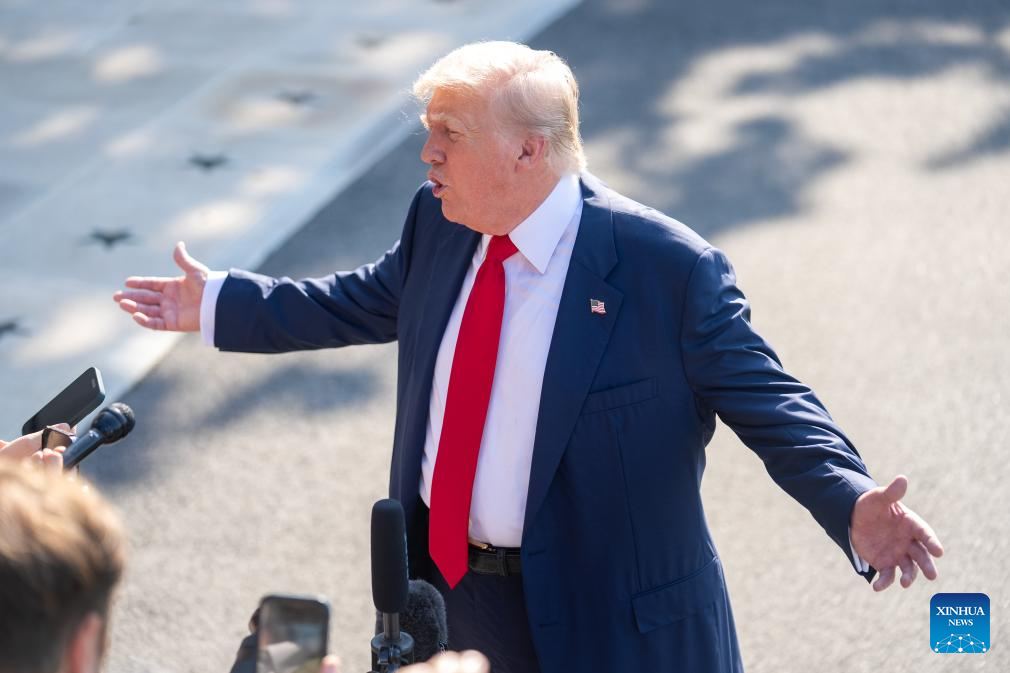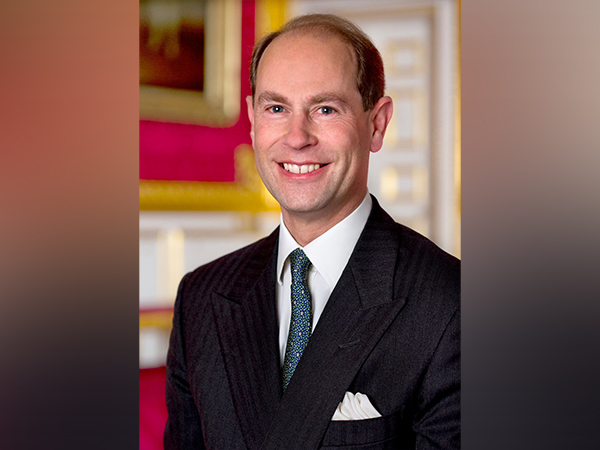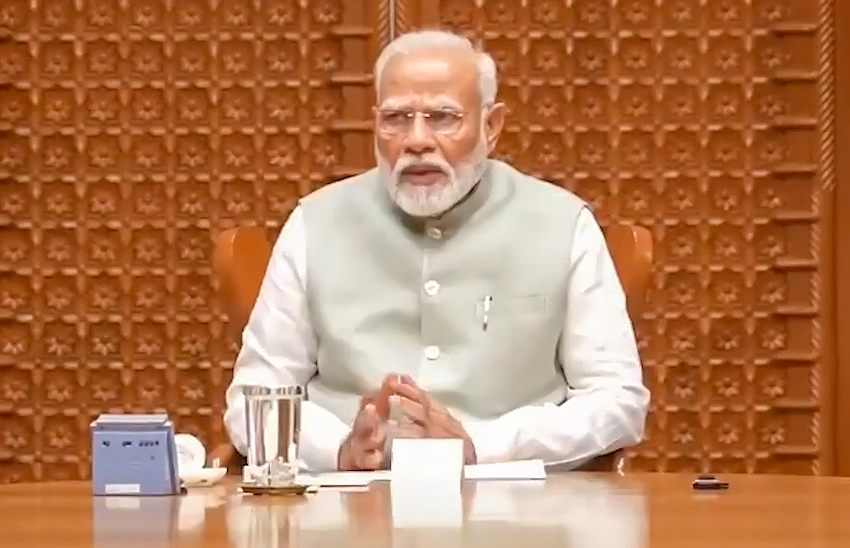Where Trump is different is that while modern American Presidents draw a veil over the sordid American past, he glories in it, writes Mihir Bose
Donald Trump’s executive order to remove illegal migrants from America has been seen as something outrageous and not in keeping with great American traditions of freedom. The cry goes Trump is not acting as American Presidents are meant to do.
In fact, Trump is very much in America’s much hallowed traditions. If anything, he is not going as far as other Presidents, even its greatest President, Franklin Delano Roosevelt. Take the order issued by Roosevelt on February 19, 1942, two months after Pearl Harbour. It gave the Secretary of War and the Military Commanders “to prescribe military areas in such places and of such extent as he or the appropriate Military Commander may determine from which any or all persons may be excluded” and “subject to whatever restrictions the Secretary of War or the appropriate Military Commander may impose in his discretion.”.
What the order did not say was that it was aimed at one group of Americans, Americans of Japanese origin. The result was 110,000 people of Japanese origin, who had been living in the US for years, were American citizens, including their children born in America, were interned during the war. The general who led the round up told a congressional committee, “It makes no difference whether he’s an American citizen he is still a Japanese.”. It was one of the most notorious acts passed by the Allies. Years later Barack Obama issued an apology for it.
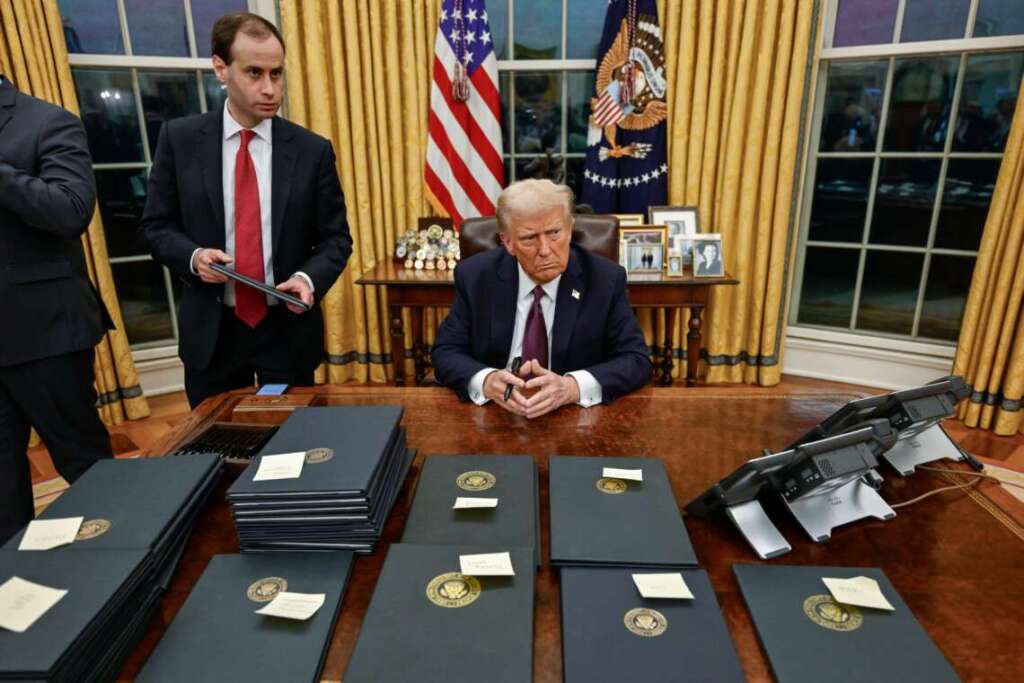
We do not know how Trump’s orders to remove illegal immigrants will work. We have documented proof of how Rosevelt’s orders worked. The very next day in San Fransico two FBI agents went to the home of a Japanese who the FBI considered “an alien of Japanese origin suspected of being an enemy agent.”
The Japanese ran a store selling Japanese novelties. He lived above the store in two rooms, one of which acted as kitchen/dining room. The agents arrived at 6 in the morning and found the Japanese, his wife, a son aged 7 and two grown daughters, 19 and 21 all in bed.
The day after Pearl Harbour an intelligence report filed by another FBI agent had identified this Japanese as the head of a Japanese spy ring controlling a string of agents round the San Francisco dock area. But “despite a thorough search which lasted almost four hours” the agents “did not find any evidence of transmission equipment or radio decoders. Nor did we find the Japanese Imperial navy uniforms wrapped in oilskins, believed to be the trademark of the Japanese agents settled near the docks and shipyards.” The agent, who was leading the search, thought he, “must have hidden them away in some safe place and we suspect he was tipped off by other Japanese aliens of our impending visit.”
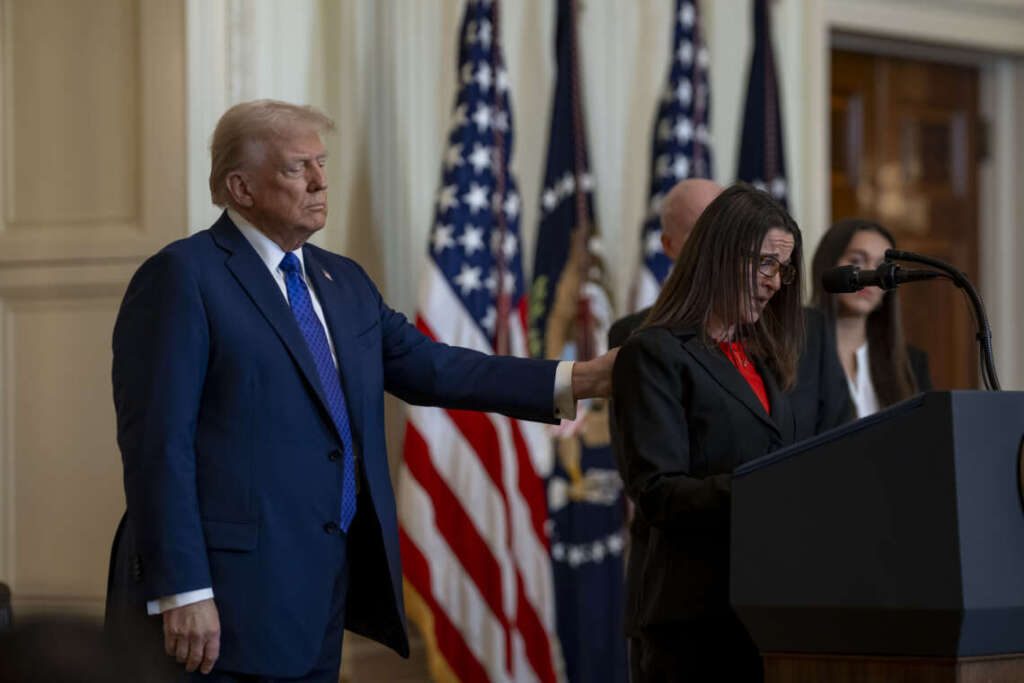
The Japanese when questioned kept saying “he was a good American citizen of Japanese ancestry, loyal to the Stars and Stripes and the country and ready to fight for it. He also kept showing me his American passport.”
All this made no impression on the FBI agents who told him that he and his family had to leave the area they were living in and had “until 12 o’ clock to evacuate their premises.”
At 12.05 the Japanese family were put on truck bound for the railway station where they were put on a train bound for Cheyenne in Wyoming and resettlement in what was described as a relocation centre in Heart Mountain, effectively a concentration camp. Their San Francisco home was locked up and steps were taken to dispose of the property under the Enemy Alien (Disposal of Property) Act.
During the FBI raid there had been a moment which was like a scene from a Hollywood movie as one of the agents recorded:
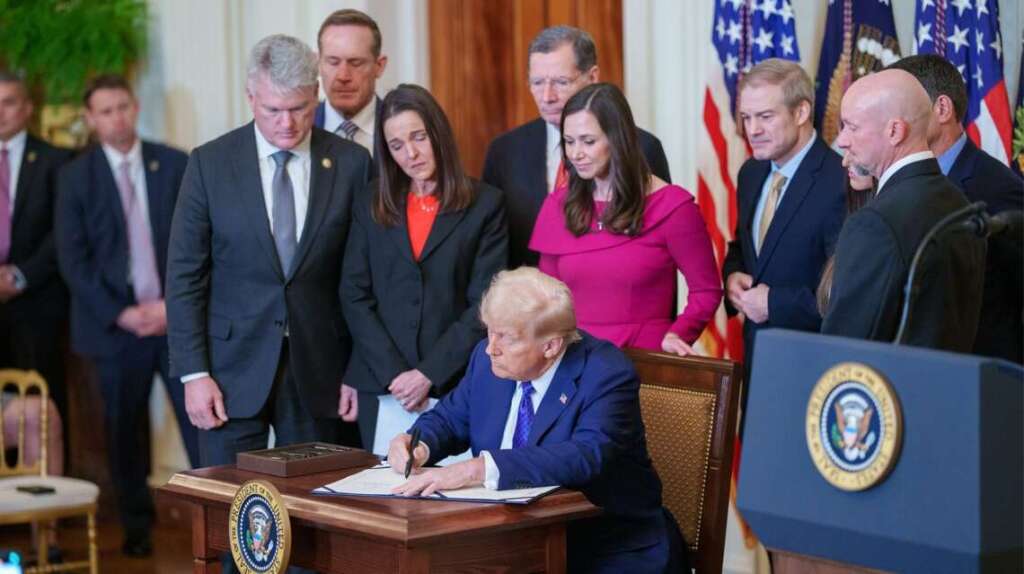
“After we had finished reading out the evacuation order and following some hurried talk in Japanese that I did not understand, the little boy rushed to the kitchen and began to pull at a cupboard. Suspecting he was up to something I immediately followed him and discovered there was a hidden recess in the cupboard in the kitchen. However, when I pulled out the contents it turned out to be Joe DI Maggio baseball cards. Unfortunately, in trying to pull them out we damaged a few of the cards. The boy immediately grabbed the torn Joe DI Maggio cards and began crying. It was a bit embarrassing and something of a shock to discover that a Japanese boy knew anything about baseball, let alone worshipped Joe Di Maggio.”
I wonder if Trump’s orders to remove illegal immigrants will see similar scenes when American immigration officials come to take their parents away.
Nor is Trump the first President who wants to conquer other countries.
America has always been an expansionist country. Its founding fathers advocated this. The state of Louisiana was bought from the French. Go West young man was a great American slogan as white Americans drove Native American from their historic lands. California belonged to Mexico which America annexed after a war. It also fought Spain and got Hawaii, Philippines, Puerto Rico and other islands. This marked the end of Spain as an imperial power and, in annexing Philippines, America had an Asian colony just as Britain and France had. The difference was America refused to accept it was a colonial power.
Trump is not the first American President to covet Greenland. In 1867 William Steward, the Secretary of State, having bought Alaska considered buying Greenland and Iceland from Denmark. Roosevelt wanted to do the same and Truman, who succeeded Roosevelt, offered Copenhagen $100 million for Greenland which the Danes rejected. Nelson Rockefeller, Gerald Ford’s vice President, wanted it for the same reason thar Trump, like Rockefeller a New Yorker, wants it, for Greenland’s mineral wealth.
Trump is also spouting the classic imperialist language. In his inaugural address he said, “we will not be conquered”, “we will not be intimidated.” But of course, conquering other people is very legitimate. This is what the British did, singing Britain never, never, will be slaves but reacting furiously when the people they had conquered said they had been enslaved by the British. Recall that Indians under British rule always described the Raj as “Angrezo ki gulami”, slavery of the British.
Trump is good at doctoring history. In his inaugural address, he spoke of how America had grown from a small country into a large one without mentioning the genocidal killing of native Americans. Or that America had ended slavery without mentioning that America had brought blacks as slaves to America and it requited a civil war to end it. Even then it took another century before blacks in the south were treated as equals by the whites.
Where Trump is different is that while modern American Presidents draw a veil over the sordid American past, he glories in it.
(Mihir Bose is the author of Thank You Mr Crombie, Lessons in Guilt and Gratitude to the British)
ALSO READ: Maha Kumbh’s Global Spotlight


